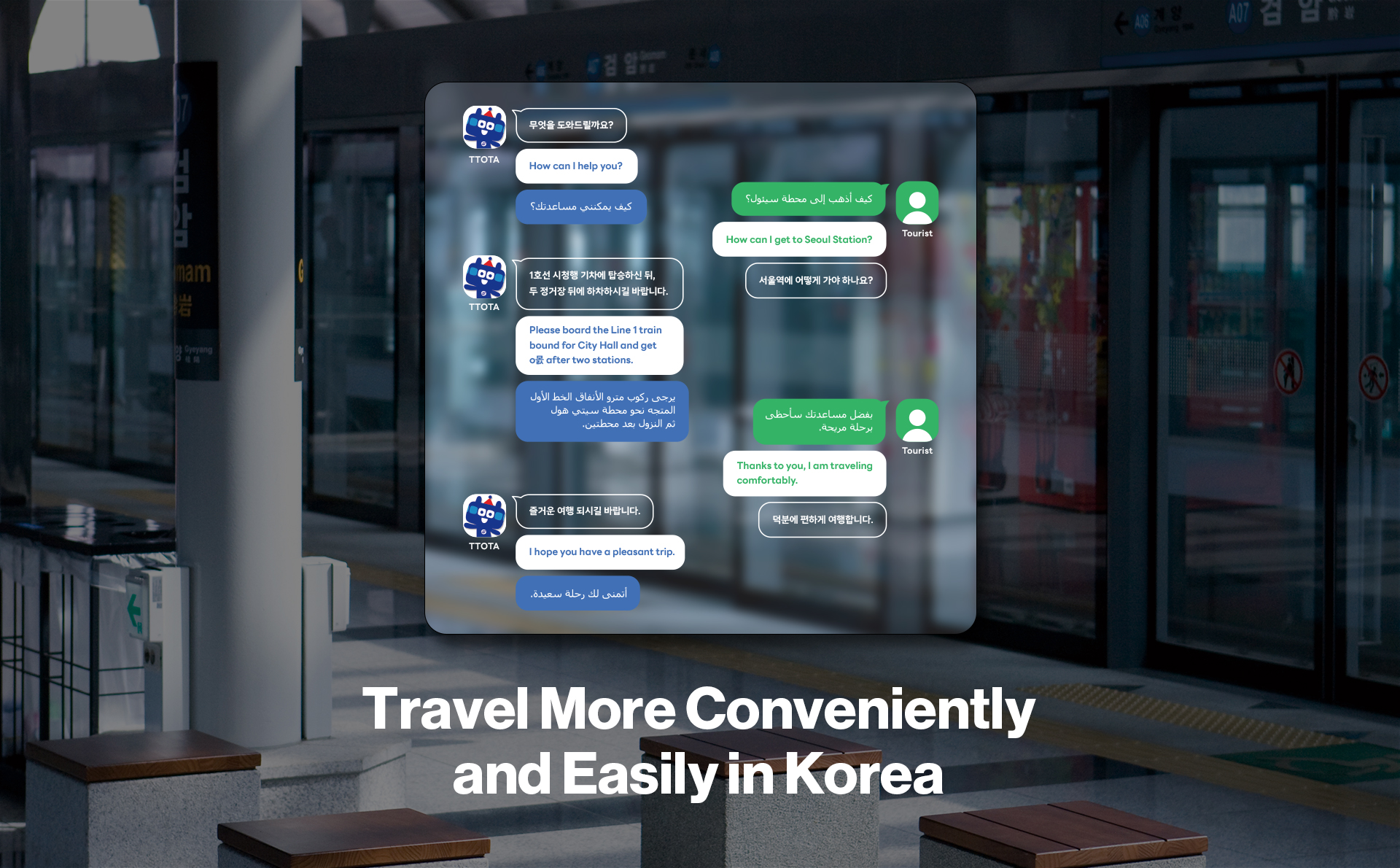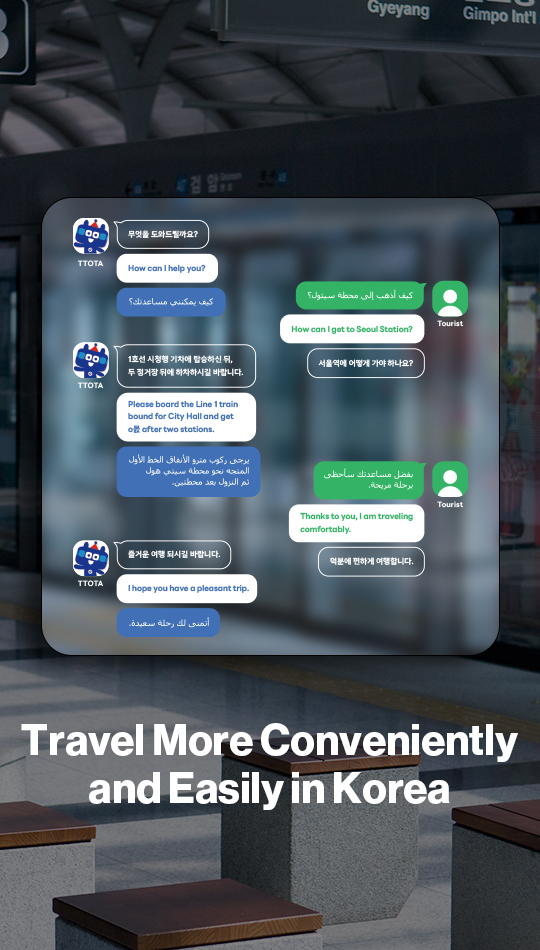

Writer. Sung Ji Yeon
Easy Restaurant Reservations
Even foreign visitors to Seoul can now effortlessly secure restaurant bookings through a mobile app, enabling them to explore a wider array of renowned dining spots. While previous apps existed to reserve popular eateries or manage entry queues, they often necessitated Korean messenger IDs or local phone numbers, posing challenges for non-native users. However, through a business agreement between The Seoul Metropolitan Government and Wad, a company running the restaurant reservation app Catch Table, foreigners can now reserve tables and remotely join waiting lists via mobile with just an email sign-up―eliminating the need for a domestic phone number.
Wad’s Catch Table, currently in operation, facilitates online reservations and waiting services for over 8,000 establishments nationwide―including popular must-go restaurants. Since the launch of its English-language version in Mar. 2023, it has provided information for approximately 1,500 venues. Both organizations aim to expand the coverage of English-language services within Catch Table to 3,000 businesses by year-end. Additionally, in conjunction with this partnership, the Seoul Metropolitan Government plans to host joint promotional events such as Seoul Welcome Week from May 1 to 6 and Taste of Seoul from Nov. 8 to 14, allowing foreign visitors to indulge in culinary experiences in Seoul to their heart’s consent.
Convenient Subway Interpretation Service
Whether visiting popular eateries or exploring local attractions, reliance on public transit is commonplace. Seoul’s subway system is expected to become significantly more convenient and user-friendly for foreign visitors with the incorporation of an artificial intelligence (AI)-based service offering real-time interpretation. Transparent organic light-emitting diode (OLED) displays installed at subway stations facilitate conversations between foreign travelers and station staff in their spoken languages―with the dialogue seamlessly interpreted and displayed on screen for both parties, effectively bridging the language barrier.
The installation of the system will be expanded to 11 more subway stations in the capital. The stations with the interpretation system are Jongno 5-ga on Line 1; City Hall, Hongik University, Euljiro 1 (il)-ga and Gangnam on Line 2; Gyeongbokgung on Line 3; Myeongdong on Line 4; Gwanghwamun and Gimpo International Airport on Line 5; and Itaewon and Gongdeok on Line 6. The service supports 13 languages―including English, Japanese, Chinese, Vietnamese, Thai, Malay, Indonesian, Spanish, French, German, Arabic, Russian and Korean.
The system not only offers the simultaneous communication service but also features additional services, such as route searches based on subway maps, transfer and travel time data, fare information and availability of the storage service T-Luggage.
In a Nutshell
- 01.
Travelers to Seoul can enjoy more convenience thanks to a new English-friendly restaurant reservation service and an AI subway interpretation system. - 02.
Only an email address is needed to sign up for the reservation app, and the service provider aims to increase the number of businesses available on it. - 03.
The AI interpretation system will interpret conversations in real-time between foreign users and station staff via transparent OLED screens.
